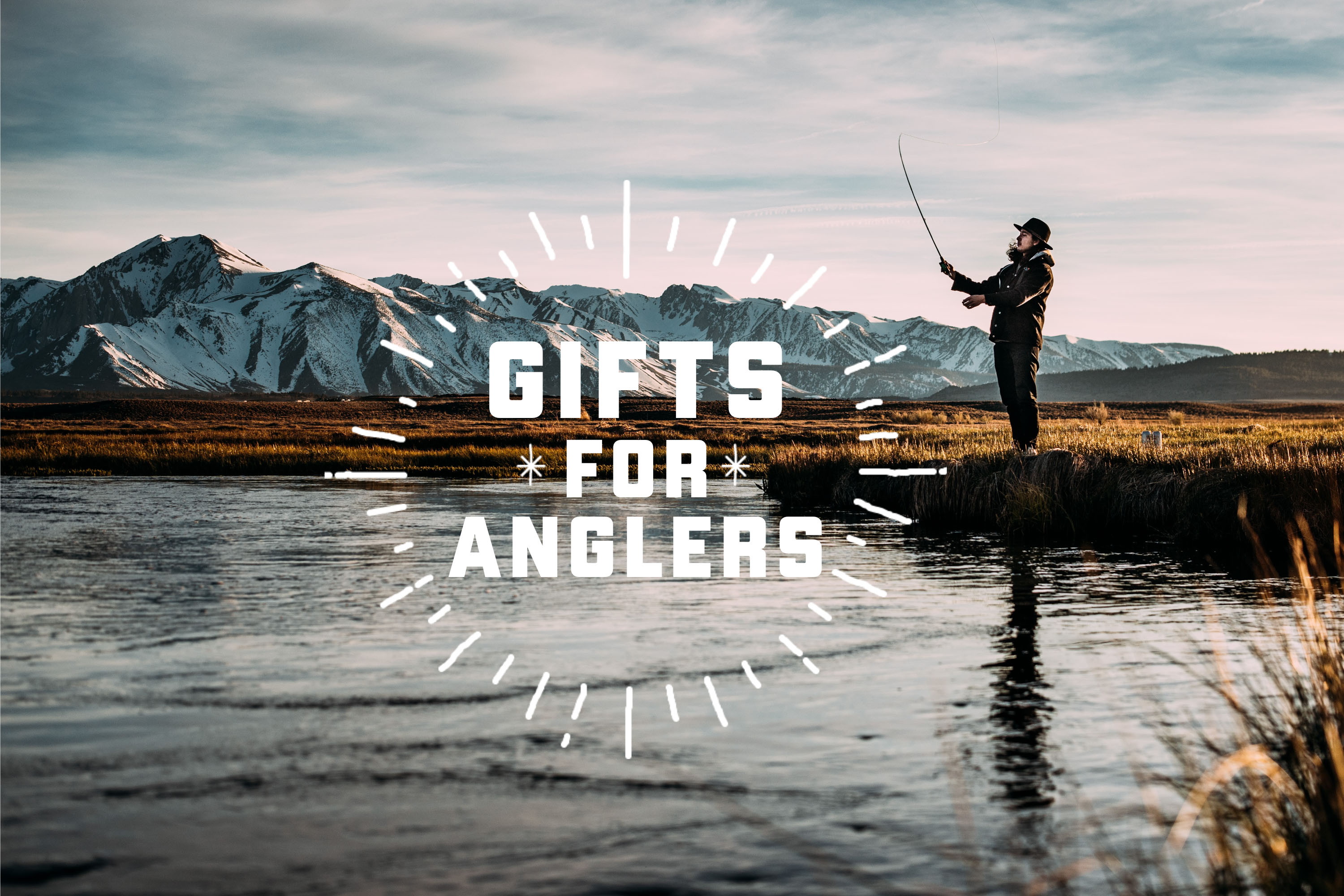From the size and scale of the oceans to the power and speed of the creatures that reside within them, a trip offshore can transform your perspective in ways that have little to do with fishing.
Many dynamics of offshore fishing can be described only in relation to other bluewater experiences. For instance, no matter how many 12-pound largemouth bass you’ve caught, it doesn’t compare to fighting a 500-pound blue marlin or a 150-pound yellowfin tuna.
Read on for an introduction to offshore fishing (and why we think everyone should try it). You don’t need to go to a certain location or catch a specific kind of fish. The ocean is an all-encompassing place with endless experiences to pursue.
The Power of Scale and Perspective
These days, we live in a largely on-demand society. We’re so accustomed to getting what we want immediately that we sometimes forget our planet is more powerful than us (something people living 200 years ago certainly understood).
Time on the ocean provides a great dose of perspective. When you’re offshore and all you can see is water in every direction — as far as the eye can see — you remember that forces beyond our control exist.
Without getting into the metaphysical, this type of perspective can be valuable against the contrast of busy days, working life, and land-divined obligations.
Size and Unpredictability of Fish
One of the most fundamental differences between freshwater and saltwater fishing is the size of what you might catch. If you put a minnow under a bobber in a lake, you might have a realistic shot at catching three to five species. The maximum size of the fish that you might encounter tops out at 10 or 12 pounds in most cases.
If you drop down a bait offshore, however, you never know what you might get. Not only is the variety of targets far greater, but the size of your quarry can range from half a pound to several hundred. With apologies to the walleye and the crappie, ocean fish can even change your perspective on what constitutes a good meal.
This is no exaggeration. Part of the charm of offshore fishing is the stories of the giant mystery creature that you hooked and couldn’t stop. Some of these unseen beasts take all of your line before popping you off. Some are rumored to be submarines.
Not only that, but you can catch really big fish in most places — you might snag 8-, 10-, or even 12-foot sharks in the surf. Giant grouper can live surprisingly close to shore, sometimes even under docks. When you’re offshore and deploying bait into an environment unseen by human eyes, you have literally no idea what might happen.
You might hook the very fish you’re after, only to have it eaten by a shark, grouper, or barracuda. There’s no telling what might swim next to the boat.
Any day offshore might produce a sight you’ll never forget — it doesn’t always happen, but you certainly can’t guarantee it won’t.
The Experience of Awe
Awe infrequently visits most people. But it lives offshore.
Witnessing the size, speed, and power of offshore gamefish inspires awe even in the most seasoned of captains. On land, things that weigh 500 pounds don’t fly. Bull elk or moose can’t do what a blue marlin can.
Witnessing a giant animal throw itself completely out of the water — sometimes traveling 20 or more feet from where it exits to re-entry — is an awe-inspiring scene. This feeling is not limited to only the biggest and “most glamorous” of the ocean’s gamefish, however.
The interesting thing about the process of becoming an experienced offshore fisher is that it’s an evolution. The first time you fish offshore could very well change your perspective on what a “big” fish is.
Maybe your first big fish is a 25-pound jack or 50-pound kingfish. Your next catch might be a 75-pound yellowfin tuna. After that, you might hang into a 200-pound bull shark. Each of these experiences then reframes your point of reference and influences the trajectory of what you might like to do next.
A Different Kind of Access
One of the best things about offshore fishing is its availability and wide variety the world over. Oceans cover more than two-thirds of the Earth’s surface. These days, most any coastal tourist destination offers some form of offshore fishing experience.
A particularly great option for a first trip is to buy a ticket on a party boat (they’re known as “head boats” in some places). These boats sell reasonably priced tickets for a day of fishing offshore. The benefit of this approach is that you can buy a ticket or two — at maybe $80 each — without having to rent the entire boat.
These boats usually target schooling fish that are easy to catch and provide all of the tackle, bait, and gear you need. My first time fishing offshore was on a party boat in Port Aransas, Texas, when I was 12. You can catch surprisingly big fish aboard these boats and get to see if fishing offshore is something you’d like to do more.
Once you decide the answer is yes, you can incorporate fishing into family vacations and travel plans. This is a great way to see the world, experience new cultures, and catch ever larger, more exciting fish.








